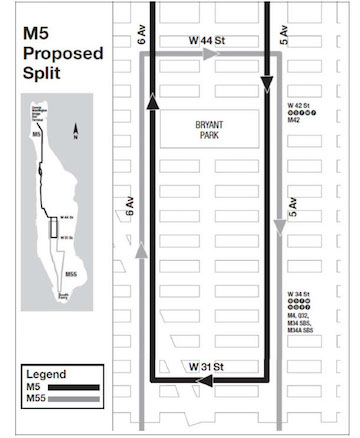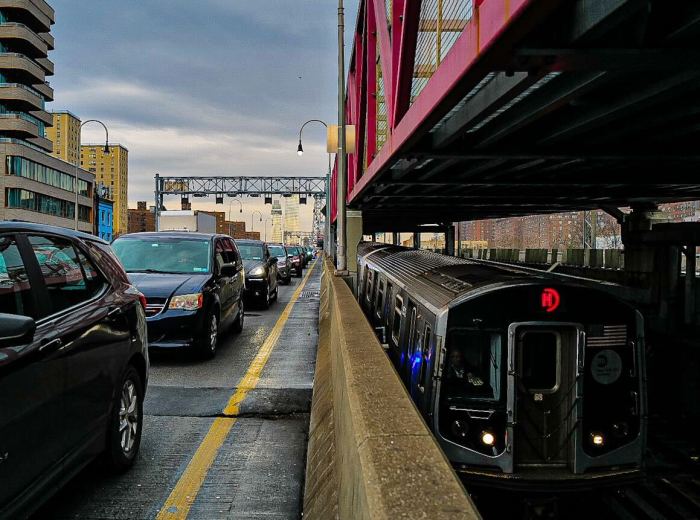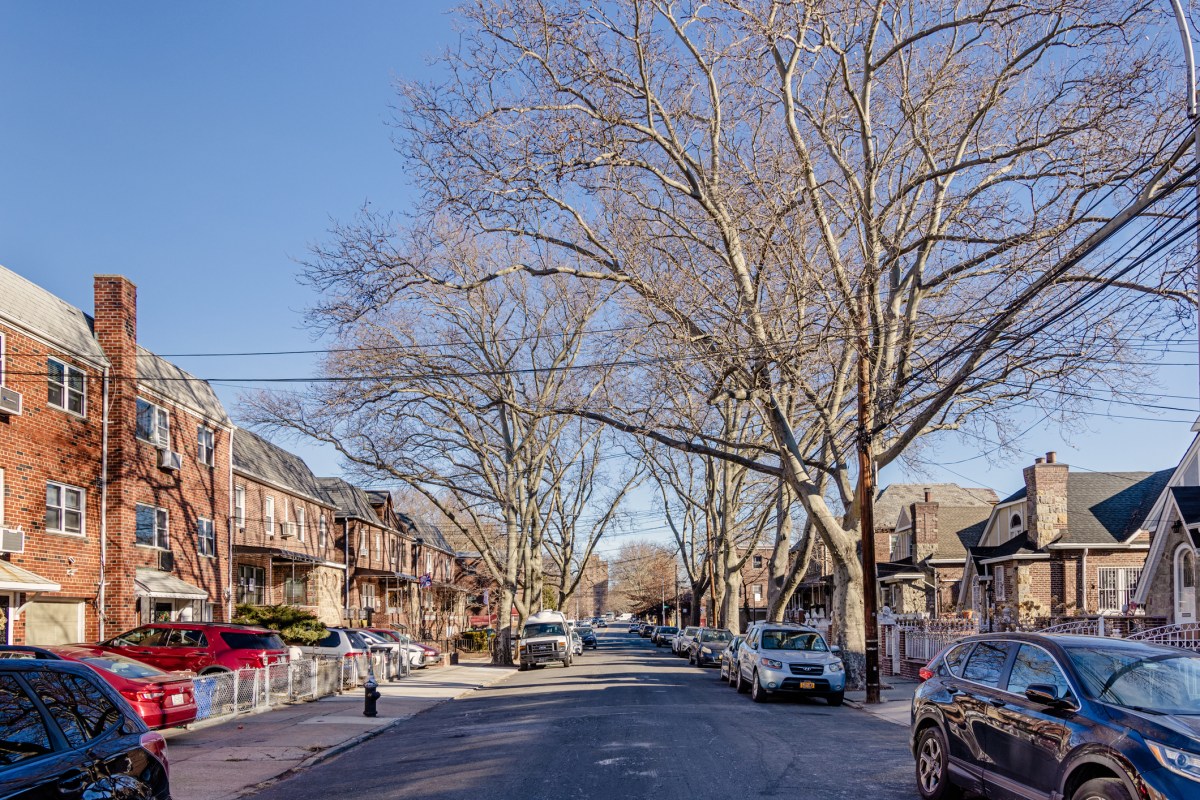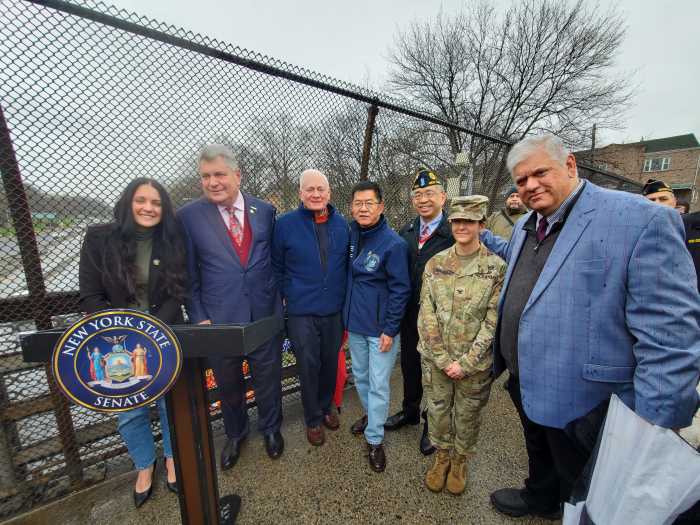
BY JACKSON CHEN | The Metropolitan Transportation Authority’s board, during its July 27 meeting, voted to split one of Manhattan’s worst performing buses, the M5, into two routes.
The M5 bus currently spans 12 miles from Washington Heights to Lower Manhattan along Broadway, Riverside Drive, and Fifth Avenue running southbound, and along Sixth Avenue, Riverside, and Broadway northbound. Over the years, the MTA has characterized the M5 as a chronically delayed and poorly performing route. Since the bus doesn’t adequately serve its 11,700 daily riders, plans to split its route into new shorter northern and southern runs were introduced in November 2015 and received comments during an April 2016 public hearing.
In the end, the MTA agreed in July to divide the current route into the new M5 that will run from the George Washington Bridge Bus Terminal to West 31st Street and Sixth Avenue, and a new southern route, the M55, which will run from South Ferry Terminal to West 44th Street and Sixth Avenue.
While the original December proposal only allowed for one block of overlap between West 37th and 38th Streets, the revised route split encompasses 13 blocks of overlap between West 31st and 44th Streets. The first iteration also included an extension of the M1 in Downtown Manhattan that has since been excluded from the plan.
Riders Alliance, a nonprofit transit advocacy group, said the MTA was very responsive to all the points raised by the public regarding its original proposal.
“What happened here is the MTA really listened to the public feedback and split up this route,” Nick Sifuentes, the Riders Alliance deputy director, said, “but created enough overlap so there would be less people who would need to switch buses.”
According to the MTA, the overlap zone was designed to serve desired destinations — like Herald Square and Times Square — frequently mentioned by the public, lessen the impact on riders, and operate the buses efficiently.
The agency added that the $1.1 million additional cost in operations would give the 88 percent of the current M5 customers who won’t have to transfer between the two new routes improved reliability. For the 1,400 riders who will have to transfer, they will need to hop off at one of the stops in the 13-block overlap and switch to the other bus.
“I think the split is a necessary change just because long routes are very difficult to manage,” Bill Henderson, the executive director of the Permanent Citizens Advisory Committee to the MTA, said. “Some of these long routes, that’s really the bane of people’s existence.”
Despite the minor inconvenience to some, the right solution in the view of many was to split the long route in order eliminate the many problems that come along with it.
“The situation with the M5 is the longer the route is, the more that route is going to be subject to delays,” Sifuentes said. “So shorter routes tend to have better efficiency and fewer problems.”
The transit advocate added that Riders Alliance would like to see even more splitting up of longer routes throughout the city.
For Henderson, the 13-block overlap was a much better proposal than the original one with the transfer point at West 37th Street, but the PCAC would have liked to see the new M5 route go further south within the borough.
“It still doesn’t solve all problems and obviously doesn’t get people from Upper West Side down… as far as they want to go,” Henderson said.
Jason Pineiro, a Brooklyn resident, said he would now prefer taking the 1 train instead of the buses for getting up and down Manhattan’s West Side. Pineiro, who often rides the M5 to visit relatives and friends in Washington Heights, said he would have liked to see north-south Select Bus Service, with a limited number of stops, instead of a splitting of the M5.
“For me, it’s not fair that literally all major crosstown streets gets SBS,” Pineiro said. “But what about those buses that go from uptown to downtown?”
But Pineiro and Henderson agreed the changes are a net plus as they will provide better bus reliability overall. The PCAC executive director added that a longer route particularly impacts passengers at each terminus because all the bottlenecks in the middle of the route build up, in the worst-case scenario, to leave customers at either end without a bus for 20 or 30 minutes.
“For years we have been calling on buses to manage their trips a lot better,” Henderson said. “I think it’s going to be a positive change because service will be more reliable, with fewer gaps between buses.”
The MTA is planning to implement the changes in January 2017, supplemented by a “robust public campaign at bus stops, aboard buses, and through social media,” to inform the public of the changes, according to a spokesperson.
































